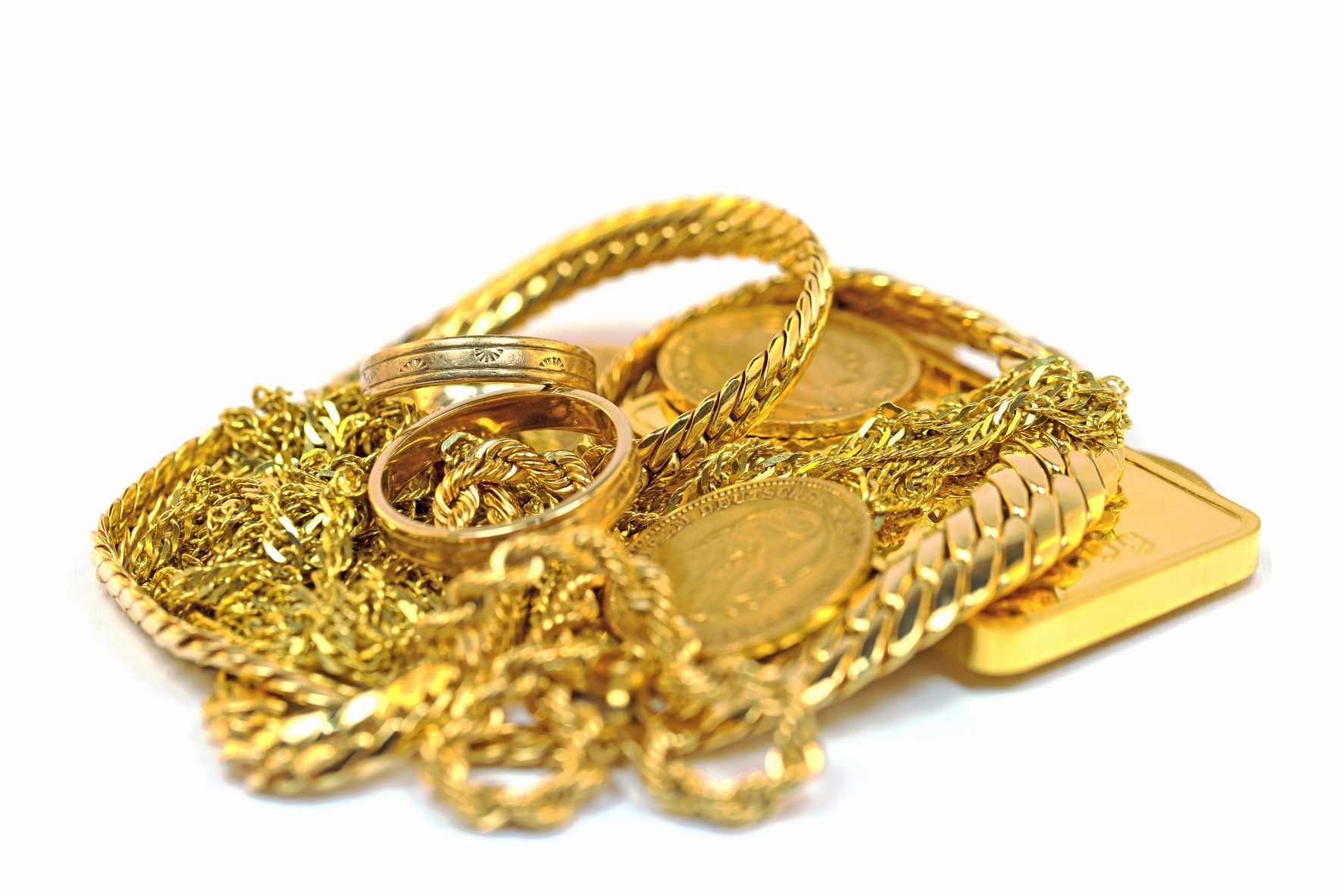Ensuring the Credibility of Gold Certificates Through Thorough Verification Methods
Wiki Article
Precious metal certificates are important monetary instruments that represent title of a specific quantity of gold. They serve as proof that an person or institution holds a certain amount of gold, often stored in a safe place, such as a bank or a storage facility. The trustworthiness of these certificates is essential in ensuring the trust of investors and the stability of precious metal as a form of currency and asset. To preserve this trustworthiness, thorough validation methods are necessary. These methods help to verify the genuineness of precious metal certificates and protect against fraud.

One of the main methods for validating gold certificates involves checking the originating institution's credibility. Institutions that issue precious metal certificates should be reputable and supervised by financial authorities. By examining the track record and trustworthiness of these institutions, investors can gain confidence in the documents they hold. Additionally, institutions should have transparent guidelines regarding their precious metal reserves and the issuance of certificates. This openness allows stakeholders to understand how their certificates are supported by real physical precious metal.
Another important aspect of verification is the use of serial numbers and distinct codes on gold certificates. Each certificate should have a distinct identifying number that can be linked back to the particular amount of gold it indicates. This helps prevent copyright certificates and guarantees that each document is distinct. Holders can often confirm the serial number with the issuing institution, which can confirm whether the document is valid and associated to actual precious metal held in storage. This process is vital for maintaining the validity of precious metal certificates in the market.
In addition to institutional checks and serial numbers, independent verification services play a major role in confirming credibility. These services focus in assessing and validating the genuineness of precious metal and associated monetary documents. They visit their website can offer independent assessments of the precious metal reserves held by institutions and validate the authenticity of gold certificates. Employing independent services adds an additional layer of security and confidence, as these organizations often have the expertise and resources to conduct comprehensive reviews and audits.
Lastly, stakeholders should remain aware about the market and standards regarding precious metal certificates. Comprehending the current trends, regulations, and best practices in the gold market can help people make informed decisions when acquiring or investing in gold certificates. Consistently monitoring information from trustworthy sources can also aid in spotting any possible threats or changes in the market that may influence the trustworthiness of gold certificates. By combining gold quality certifications explained organizational checks, identifying number verification, third-party assessments, and ongoing learning, stakeholders can ensure the credibility and security of their precious metal certificates.